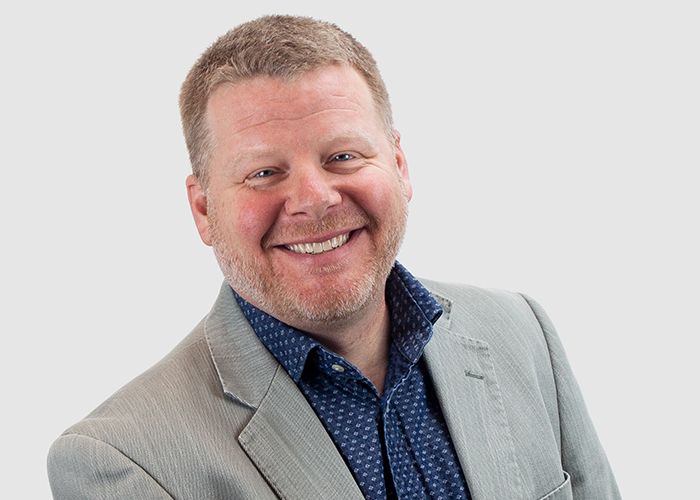homepage | Workplace Insights: Build Your Company Brand For Prospective Employees From Multiple Generations
March 8, 2023
March 8, 2023

How can a company build a strong brand as an employer that connects with its current and prospective employees? EAG Advertising & Marketing Chief Marketing Officer Jeff Randolph addresses this topic as one of three presenters at the upcoming conference Bridging Generations in the Workplace.
Attendees will gain helpful workshop tools and takeaways to build company culture, lead, and work with multigenerational workforces.
Tuesday, April 11, 2023, 7:30 am-1 pm
Stoney Creek Hotel, 1201 North Woodbine Rd., St. Joseph, MO 64506
$35, includes lunch and breakfast
Many businesses have more than one generation of employees within a workplace, such as Baby Boomers, Gen X, Millennials, and Gen Z. Brand-building matters for several reasons to connect with prospective hires and current employees who have different needs and outlooks, says Randolph.
“Your brand reputation matters. You can actively control and manage that image, or your employees and stakeholders will manage it for you – and you may not like what they say to your future employees,” says Randolph.
Several key factors come into play when building a brand to connect with multiple generations.
“We want to build an employer brand that highlights benefits our next amazing employee will want. That starts with a cold, hard look at your current brand reputation,” says Randolph. “Do you have great reviews online? Do you have a bad reputation as an employer or a great one? Do people line up to work for you? Or, do they say, ‘Oh, I’ve heard about them…’ We can change your employer brand over time, but we first must have an honest conversation about your position in the market.”
Randolph underscores a key point about brand messaging when building a brand.
“Your brand message probably doesn’t differ for each generation. After all, your benefits don’t change based on which generation your employee belongs to,” says Randolph. “But the way you describe your benefits, their order of importance, and the communications channels you use to describe them may be very different based on the generation you’re trying to attract!”
Randolph astutely points out that brand building extends from marketing a business to a company’s human resources and talent acquisition approach.
“Marketing professionals regularly find customers who don’t know they need a product, present a compelling brand message, and convert people from prospects to customers,” says Randolph. “It’s time to apply consumer marketing strategies to your HR program to bring in the right resumes.”
Glean more insights and expertise about multigenerational workplaces and company brand-building from Jeff Randolph and two other presenters at the Bridging Generations in the Workplace Conference. Register today.

Where do your employees fit within the multigenerational spectrum?
Differences Among Three Generations
MEET THE CONFERENCE PRESENTERS
When Jeff Randolph sees marketing data, he gets positively giddy. As Chief Marketing Officer at EAG Advertising & Marketing, Jeff finds creative, yet data-driven ways to give big brand experience to his nonprofit, small business, and growth-minded entrepreneur clients.
Christel Gollnick, MSOL, is the founder of Roots & Rounds, a nonprofit focused on improving outcomes through more respectful and inclusive communication across different age groups. Her 30 years of experience are in business, nonprofits, and community development.
UMKC Bloch School business communication professor Erin Blocher has over 15 years of experience working with clients in the nonprofit, healthcare, and government fields. She leads two communication courses for UMKC TalentLink.